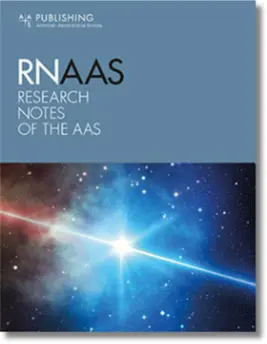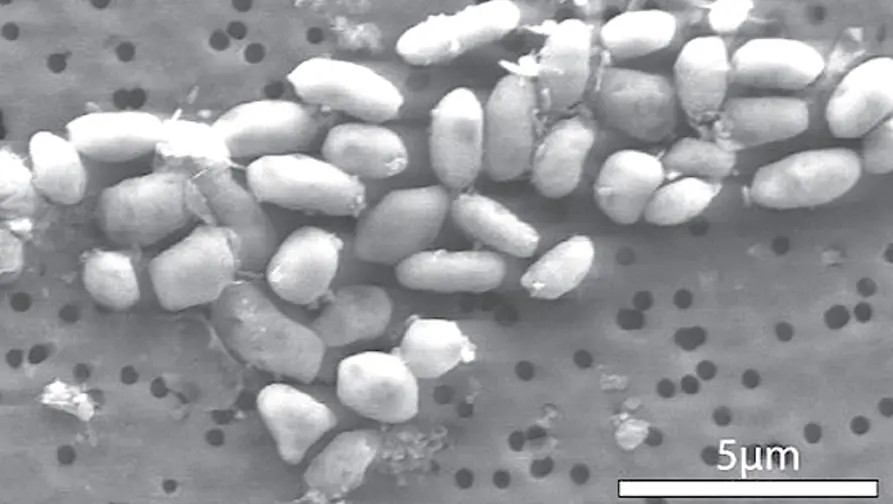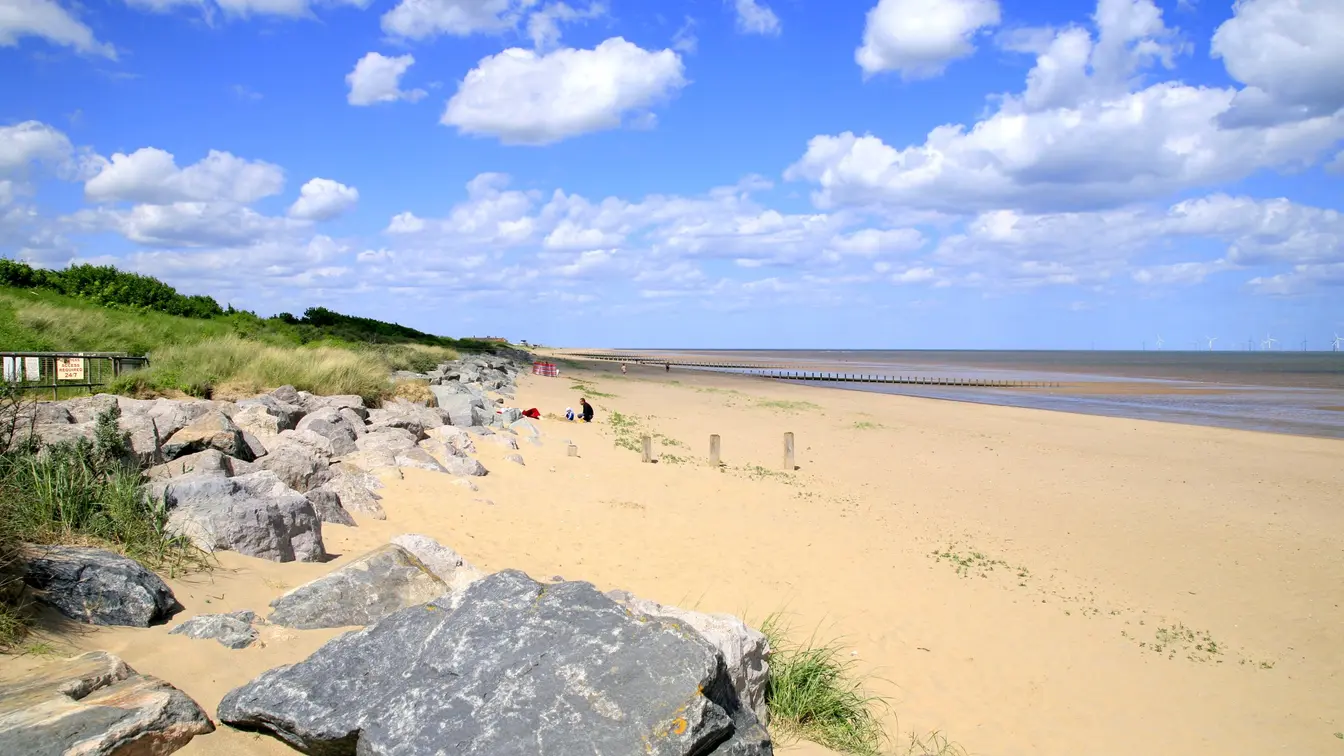T4K3.news
RNAAS Retraction Prompts Policy Review
RNAAS retracts a 2024 note involving a NASA researcher and a high school student after questions about data sources and calculations.

A 2024 note retracted by the RNAAS journal shows a NASA researcher and a high school student relying on calculated values to test Kepler law in exoplanet data.
NASA Lab Retraction Highlights Data Source Risk
A nonpeer reviewed note in the RNAAS journal has been retracted after readers flagged concerns online. The authors are a NASA researcher and a high school student who volunteered at a NASA sponsored lab. The work attempted to confirm a law of astrophysics by using calculations that assumed the law was true. RNAAS is published by the American Astronomical Society, and the retraction prompted a review of the journal’s publishing practices for student projects and data sources.
Jadon Lam, who later joined Caltech, is identified as the student involved. The retraction notice points to the use of calculated semi major axis values and notes that independent measurements were not used. The incident has led editors to revise how archival data sources are checked before posting, and it has sparked discussion about the boundaries between education, mentorship, and publication in quick notes.
Key Takeaways
"Lam admission to the university was based solely on his academic record and overall merits."
Caltech admission discussion quoted in the article
"The values used for the semimajor axis had, in fact, been calculated rather than independently measured."
RNAAS retraction notice explanation
"What the authors had assumed was data were actually these calculated values."
Lintott explanation of the data provenance
This case tests the frontiers of student research and the pressures of publishing in fast, open forums. It shows how a well meaning effort can stumble when data provenance is unclear and when calculated values are mistaken for observations. The episode also underscores why journals must guard against premature claims while still supporting learning. Social media reaction played a role in triggering scrutiny, illustrating how online voices can influence scholarly standards and policy adjustments.
Highlights
- Curiosity needs solid data to shine.
- A note can teach more than a full paper if it respects sources.
- Social scrutiny can spark smarter policies.
- Mentorship saves young researchers from avoidable missteps.
Publication method prompts data provenance review
The case shows how reliance on calculated values rather than independent observations can undermine credibility and prompt changes in how quick notes are reviewed for archival data sources.
The episode invites a closer look at mentorship and data ethics in publishing.
Enjoyed this? Let your friends know!
Related News

Science Magazine Retraction Sparks Controversy

Fraud networks threaten trust in science

Investigation into Jacksonville arrest gains public attention

Samsung Galaxy Watch 8 now available

Two Fatalities at Skegness Beach

Study reveals alarming rise in scientific fraud

Health department ends mRNA vaccine contracts

William McNeil speaks out after violent arrest
